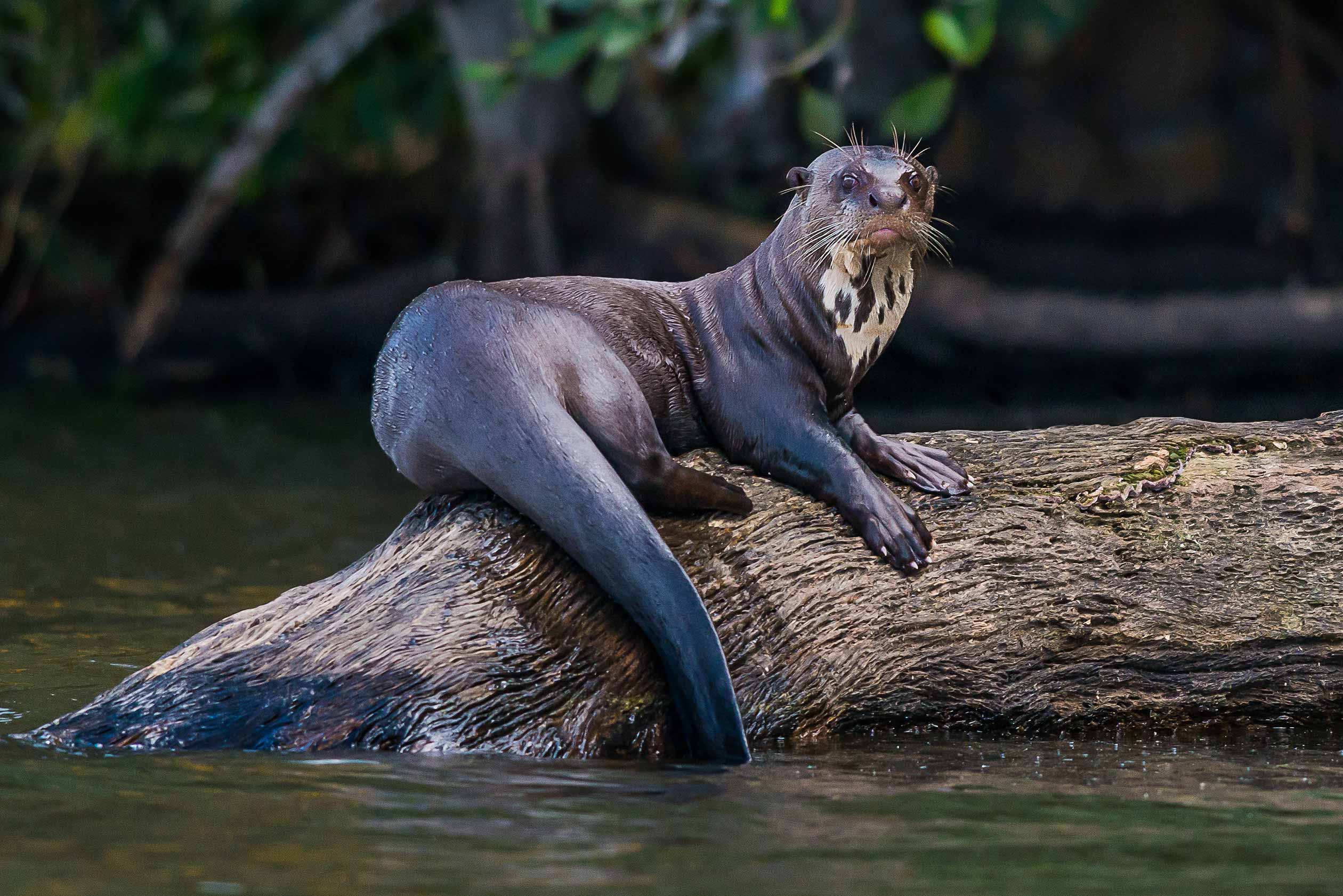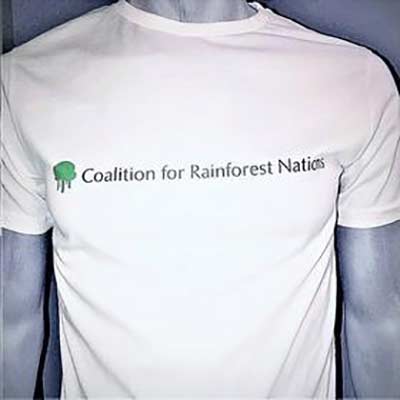Bolivia
Country Statistics


Deforestation rates have increased progressively in Bolivia’s protected areas since the mid-1970s. The country’s main drivers of deforestation are the expansion of large-scale soy- bean and other industrial crops, slash-and-burn practices, forest fires, infrastructure development and mining. One of Bolivia’s main underlying drivers of deforestation is the low price of land that has attracted foreign investments directly into the agricultural sector.
Our Work
|
Country timeline
|
Development of new Greenhouse Gas Inventory for Agriculture Forestry and Other Land Use (2021) |
|
Main activities in 2020
|
|
During 2020, Bolivia expressed interest to join the Reporting for Results-based REDD+ (RRR+) project and receive capacity building support on the REDD+ and MRV reporting requirements under the UNFCCC and the Paris Agreement. The country had not been very active on data collection and reporting of their greenhouse gases through a national inventory prior to the training.
Checklist on Institutional Arrangements
As a first step in the development of a GHG inventory in the AFOLU sector, our technical team introduced a Checklist on Institutional Arrangements. This checklist was completed with the national team in Bolivia. The information aims to provide a snapshot of the institutions involved in the GHG inventory and data collection development in Bolivia to efficient collaboration of the workplan for capacity building support under the RRR+ project.
Workshop: Consolidation of Measuring, Reporting & Verification of Gases under the UNFCCC and the Paris Agreement
Held in August 2020, the workshop introduced CfRN’s approach, explained REDD+ MRV international requirements, and began work on the GHG inventory. After the workshop, Bolivia convened a working session on inventory requirements for forests and agriculture, which included presentations by the Bolivian Space Agency and UN Food and Agriculture Organization on satellite monitoring software: SEPAL and Collect Earth Online), the Ministry of the Environment and Water offering insight into domestic capacities and resources.









“One of Bolivia’s main underlying drivers of deforestation is the low price of land that has attracted foreign investments directly into the agricultural sector.”
“Ficias il etur? Igendae. Adiam que peles mi, vel id esto beaquatem facepra pro bere veris eiumquis comnim”

A young male of Marsh deer or Ciervo de los pantanos
Species
Bolivia has more than 2,900 animal species, including 398 mammals, over 1,400 birds (about 14% of birds known in the world, being the sixth most diverse country in terms of bird species, 204 amphibians, 277 reptiles, and 635 fish, all fresh water fish as Bolivia is a landlocked country. In addition, there are more than 3,000 types of butterfly, and more than 60 domestic animals. In 2020 a new species of snake, the Mountain Fer-De-Lance Viper, was discovered in Bolivia.
The following list of animals are rated as Critically Endangered (CR), Endangered (EN) or Vulnerable (VU), according to the 2004 IUCN Red List of Threatened Animals.
Critically Endangered:
- Aceramarca Gracile Mouse Opossum (Endemic to Bolivia.)
- Short-tailed Chinchilla
Endangered:
- Andean Cat
- Chacoan Peccary
- Giant Armadillo
- Giant Otter
- Pacarana
- Pygmy Short-tailed Opossum
Vulnerable:
- Andean Hairy Armadillo
- Bolivian Chinchilla Rat (Endemic to Bolivia.)
- Boto (Amazon River Dolphin)
- Bush Dog
- Bushy-tailed Opossum
- Carriker’s Round-eared Bat
- Cochabamba Grass Mouse (Endemic to Bolivia.)
- Dorothy’s Slender Mouse Opossum (Endemic to Bolivia.)
- Giant Anteater
- Goeldi’s Marmoset
- Greater Pichi Ciego (Burmeister’s Fairy Armadillo)
- Marsh Deer
- Osgood’s Short-tailed Opossum
- Quechuan Hocicudo (Burrowing Mouse) (Endemic to Bolivia.)
- Spectacled Bear
- Woolly Giant Rat

Giant anteater digging for termites

Giant otter
Useful Links
Background

Bolivia, with an enormous variety of organisms and ecosystems, is part of the “Like-Minded Megadiverse Countries”.
Bolivia’s variable altitudes, ranging from 90–6,542 metres above sea level, allow for a vast biologic diversity. The territory of Bolivia comprises 32 ecological regions, and 199 ecosystems. Within this geographic area there are several natural parks and reserves such as the Noel Kempff Mercado National Park, the Madidi National Park, the Tunari National Park, the Eduardo Avaroa Andean Fauna National Reserve, and the Kaa-Iya del Gran Chaco National Park and Integrated Management Natural Area, among others.
Bolivia boasts over 17,000 species of seed plants, including over 1,200 species of fern, 1,500 species of marchantiophyta and moss, and at least 800 species of fungus. In addition, there are more than 3,000 species of medicinal plants. Bolivia is considered the place of origin for such species as peppers and chili peppers, peanuts, the common beans, yucca, and several species of palm. Bolivia also naturally produces over 4,000 kinds of potatoes.
The country had a 2018 Forest Landscape Integrity Index mean score of 8.47/10, ranking it 21st globally out of 172 countries.




